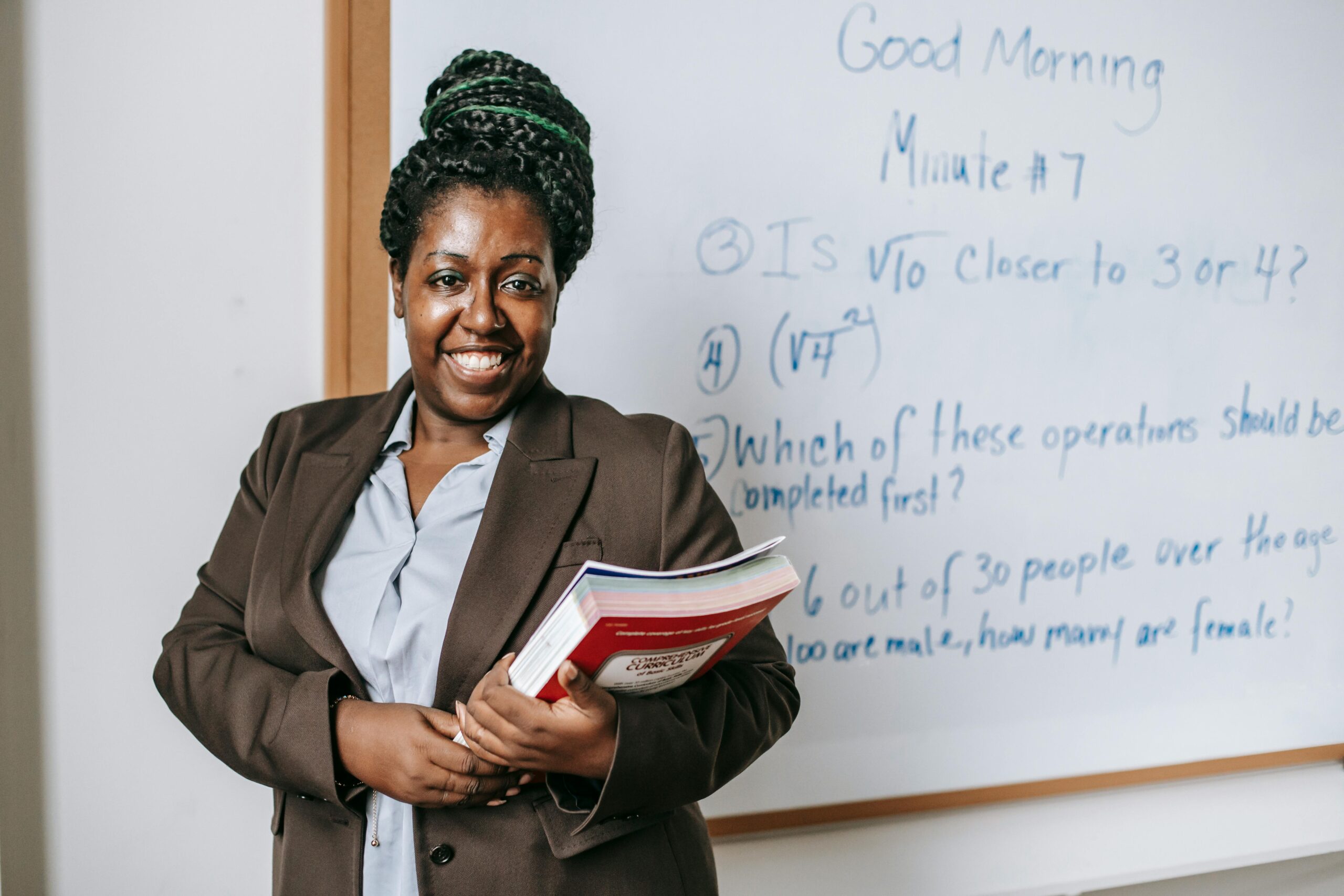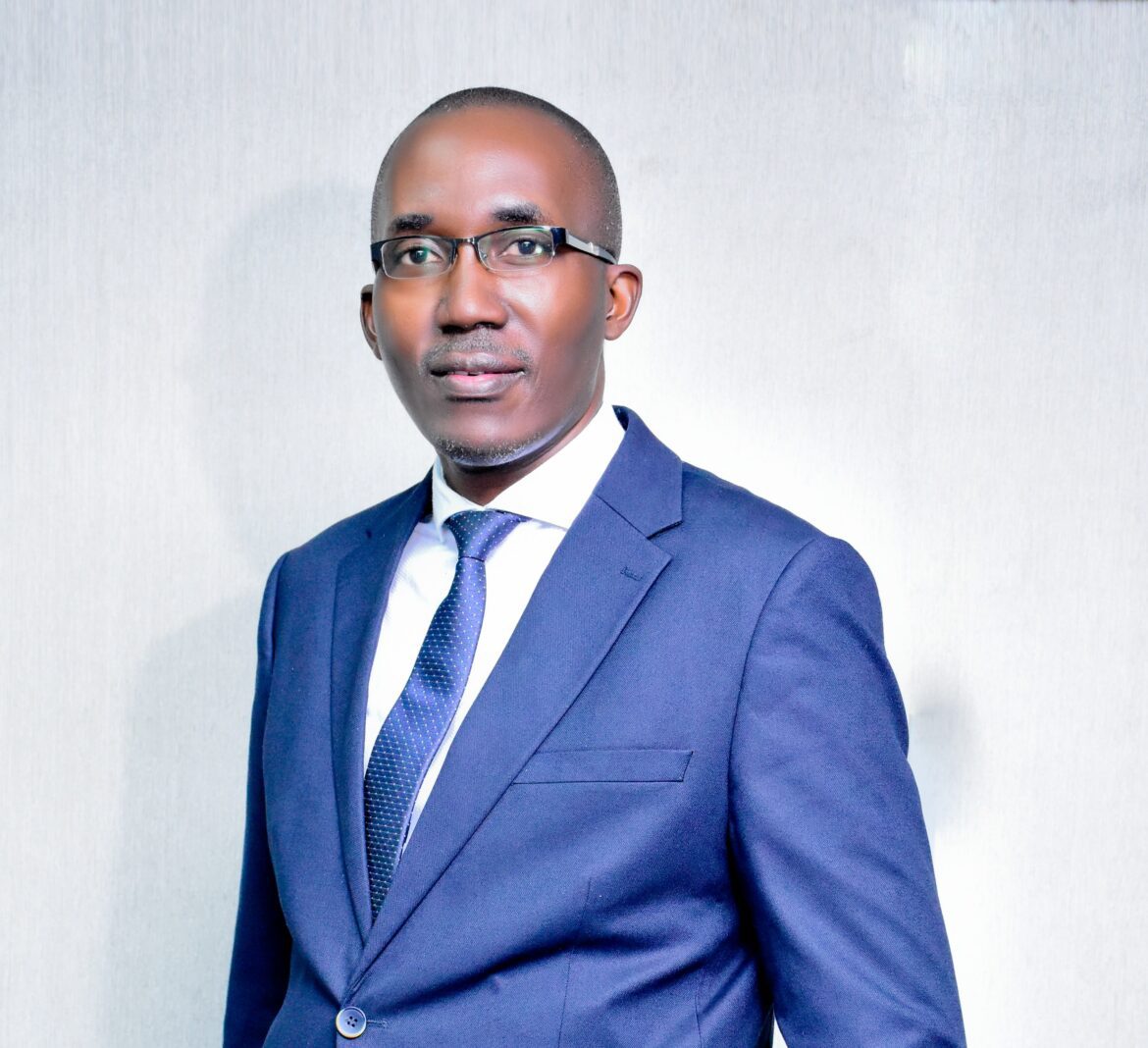Long before Fitbits told us to stand every hour, before standing desks were considered “progressive,” and well before HR sent emails about posture and back health, our primary school teachers were already practicing the gospel of standing, without hashtags, yoga mats, TikTok or gym selfies.
These unsung health warriors stood through torrential rains, chalk dust storms, and 90-minute math classes with 58 pupils, armed with nothing more than a red pen and a fierce commitment to teach.
And now, decades later, many of them are still standing, quite literally, while some of us, despite protein shakes and smart watches, are already on physio.
Take Mr Lule, a senior teacher in MASAKA. Now in his early 80s, he still takes his afternoon walks with stamina, attends church choir practices twice a week, and according to his neighbors, “has never missed a wedding or burial, unless it clashed with church day.” His secret? “Standing. Every day, for 40 years.
Whether the pupils were listening or not,” he chuckles. It wasn’t health advice back then.
It was just duty, save for that kiboko squad.

But science is catching up to what our teachers always did instinctively.
Modern research shows that sitting is the new smoking, contributing to increased risk of cardiovascular disease, diabetes, poor circulation, and early death.
Meanwhile, standing is associated with improved metabolic function, better posture, and enhanced mental alertness. And guess what?
The benefits multiply when you’re also shouting over a class of 60 children and bending over to confiscate hand-written love letters.
Remember how our teachers used to glide between desks like classroom referees, with a gaze that could pierce your soul?
That pacing alone burned more calories than your modern day office jog to the printer.
And the blackboard choreography, write, underline, slap chalk on hand, pivot, then turn dramatically to say, “Copy this as it is!” It was performance art meets aerobics.

And let’s not forget the emotional exercise. Our teachers were on their feet for hours disciplining, dramatizing, and delegating, often powered only by a weak cup of black tea and a belief that children could be shaped into doctors, lawyers; or at the very least, someone who wouldn’t forget his jokes.
Contrast that with today’s workforce. Many professionals spend 8-10 hours a day sitting, driving, typing, boardroom meetings, Zoom, and then collapsing into sofas.
We even sit to relax from sitting. When did standing become an extreme sport? Well, the teachers forgot to mentor us into their own standing stunts.
And here’s the irony, many urban elites are now paying thousands in gym fees to do squats, stretches, aerobics and dump bells that our teachers did naturally during a day’s work.
Teacher Nsamba from Kaboja did not need a yoga mat to stretch, he just needed to punish two boys fighting over a set square in P.6B.
The elegance of it all is how organic and unintentional it was.
There were no health influencers or standing apps; just a chalkboard, a sense of purpose, and sheer stubbornness.
Yet the results speak for themselves. Teachers from decades ago are aging with grace, clarity, and surprising agility; while some of us can’t even open a jar without joint complaints.
And it wasn’t just physical. Standing gave them presence. You remember it, the moment the teacher stood up, the entire class fell into terrified reverence. There’s power in vertical authority.
They didn’t just teach lessons, they commanded space, dominated the room, and cultivated discipline just by standing tall.
This isn’t to say we all need to reenact Primary Four Science class with a stick in hand. But perhaps, we can learn a thing or two from their resilience.
Introduce “stand-up meetings,” stretch during lunch, pace while taking calls, and maybe leave the rolling chair for when you’re writing emails, not when you’re eating lunch, attending webinars, and watching Netflix all at once.
In a world obsessed with the next health craze, we still have our teachers standing tall. It turns out that the simplest answer has been standing in front of us all along, chalk on fingers, well trimmed, cardigan on shoulders, riding a bicycle at the best, and unshakable posture.
So the next time you walk past a retired primary school teacher, don’t just thank them for teaching you division or how to spell “metamorphosis.” Salute them for unknowingly being pioneers in active living; standing their ground, shaping generations, and aging with grace.
In conclusion, If longevity had a uniform, it might just be a cotton blouse, a half-eaten chalk stick, and shoes worn thin from three decades of standing at the front of the class.
Let us not forget the black tea and cassava taken at breakfast compared to our bread and fries.
The writer is the General Manager Commercial Banking at Centenary Bank





